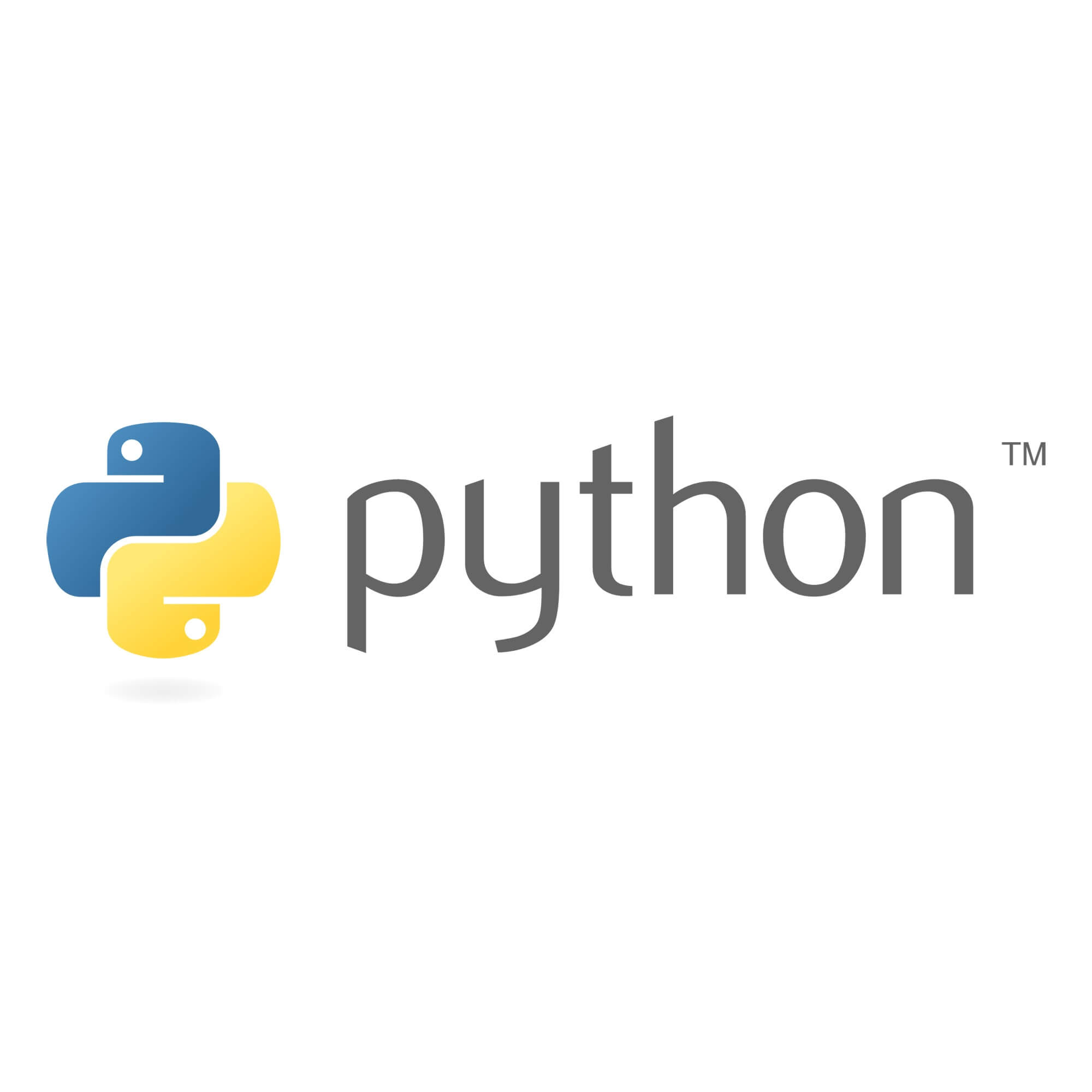C++ 教學系列文 (1) - 基本語法速覽、指標
哈囉!許久沒有更新了,因為碩班真的是好忙呀嗚嗚,等我寒假或是比較有空的時候,會再開始更新一些東西。這次來發 C++ 的教學文章,延續之前的 Python 教學系列文,在教完 Python 之後,學生說想學 C++,身為好老師的我就又做了一份講義給他,抱持著造福社會的精神,就順便分享到我的網站上。(題外話:這個學生上個月剛教滿一年,也是我目前接最久的家教,甚至打這篇文章的現在也在幫他上課哈哈。之後還有一些其他主題的教學文,整理完以後我再發上來。)
此系列文只有兩篇,建立在你已經會寫基本的 Python,或是看完我的 Python 教學系列文的基礎上撰寫,所以如果還沒看過的可以點 這邊 來看。那因為已經有一個程式語言的概念了,所以我會著重在 C++ 與 Python 不同的地方,那些差不多的語法(if-else, for, while…) 我會在最前面速速帶過,有不懂的話建議回去參照對應的 Python 教學文部分,或是我提供的參考連結。一樣要提的是,我原本是做講義用,文字部分不會太詳盡,有需要更詳盡的內容歡迎聯絡我,如果我有空就可以幫你上課 XD,最後就是轉載請記得標註來源!
基本語法
- 參見 C++ 語言自學手冊,此不贅述
1
2
3
4
5
6
7
8
9
10
11
12
13
14
15
16
17
18
19
20
21
22
23
24
25
26
27
28
29
30
31
32
33
34
35
36
37
38
39
40
41
42
43
44
45
46
47
48
49
50
51
52
53
54
55
56
using namespace std;
int main(){
// Your program starts here
// Variable Types
int a = 0;
char b = 'b';
float c = 3.14;
double d = 3.1415;
bool e = true;
// Basic Input & Output
cin >> a;
cout << "hello world";
// Control Flow
if (a == 0){
cout << "a is 0\n";
}
else if (a > 0){
cout << "a is greater than 0\n";
}
else{
cout << "a is less than 0\n";
}
switch (a) {
case 1:
cout << "a = 1";
break;
case 2:
cout << "a = 2";
break;
default:
cout << "a != 1 && a != 2";
break;
}
// Loops
// Both have continue & break
int N = 10;
for (int i = 0; i < N; i++){
cout << "Loop " << i << endl;
}
int i = 0;
while (i < N):{
cout << "Loop " << i << endl;
i++;
}
// Your program ends here
return 0;
}
指標(Pointers)
指標是一個強大的工具,用於指向變數,或直接操作記憶體位置,也是 Python 中沒有的一種變數類別,但卻是個很重要的概念。指標能夠讓我們間接引用變數和物件,並在動態記憶體配置和資料結構中皆發揮了重要的作用。透過指標我們可以訪問和修改記憶體中的數據,提供更高的靈活性和效能。然而,正確使用指標很重要,因為錯誤的操作可能導致記憶體問題,像是存取到未分配的空間等等。
先介紹兩個運算子:
- &:Address-of Operator, 取址運算子,用以取出變數所在之記憶體位址
- *:Dereference Operator, 取值運算子,用以取出變數所指向位置之值
& 與 * 可以互相抵銷,另外 * 同時也是乘法運算元,要小心喔!
搭配以上兩者之使用,我們便可以使用指標:
創建指標並指向變數(我們通常將 int* 直接視為一個變數類別)
1
2
3
4
5
6
7
8
9
10
11
12
13int a = 10;
int* aPtr = nullptr; // or int *aPtr = nullptr;
aPtr = &a;
*aPtr = 20; // we can change the value of a variable by pointer
cout << a << endl; // 20
// Any type can be pointed at, for example:
int** aPtrPtr = &aPtr;
class Car{
// Implementation of Class Car
}
Car c;
Car* cPtr = &c;指標、變數、* 與 & 的關係
1
2
3
4
5
6
7int a = 10;
int* aPtr = &a;
cout << "value of a = " << a << endl; // 10
cout << "value of aPtr = " << aPtr << endl; //0x123450
cout << "address of a = " << &a << endl; //0x123450
cout << "address of aPtr = " << &aPtr << endl; //0x543210
cout << "value of the variable pointed by aPtr = " << *aPtr << endl; // 10動態記憶體配置(DMA)
1
2
3
4
5
6// for integer
int* ptr = new int;
*ptr = 0
// Remember to do this at the end, to avoid memory leak!
delete ptr;
ptr = nullptr;1
2
3
4
5
6
7
8
9
10
11
12
13
14
15
16// for integer array
int N;
cin >> N;
int* ptr = new int[N];
for (int i = 0; i < N; i++){
ptr[i] = 0;
}
// Remember to do this at the end, to aviod memory leak!
delete [] ptr;
ptr = nullptr;
/*
Don't do this, this is for static memory allocation
int N = 10;
int arr[N];
*/延伸閱讀:Why must we use pointer during dynamic memory allocation in C++?
應用:swap() 實作
- 錯誤示範(Recap:區域變數與全域變數)
1
2
3
4
5void badSwap(int a, int b) {
int t = a;
a = b;
b = t;
} - 正確示範(注意呼叫時要傳入 int* !)
1
2
3
4
5void goodSwap(int *a, int *b) {
int t = *a;
*a = *b;
*b = t;
}
- 錯誤示範(Recap:區域變數與全域變數)
指標的概念圖
延伸閱讀:圖解說明指標概念






